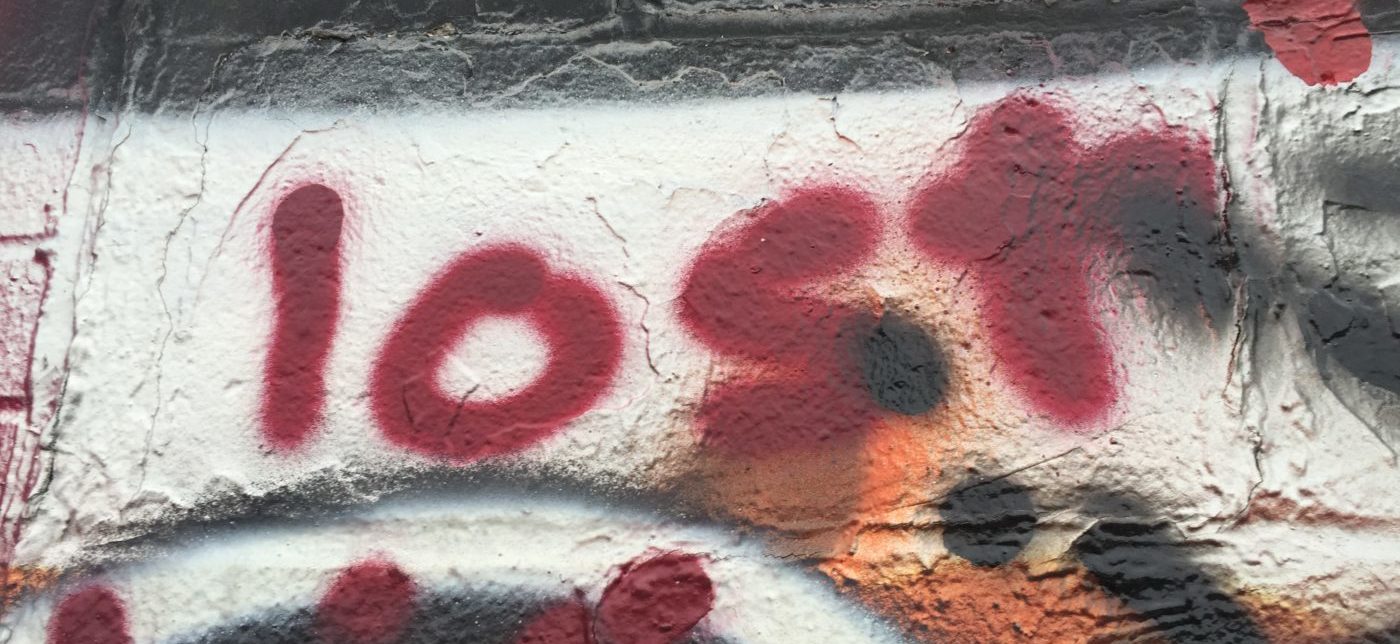
Can a Photograph be Hearsay?
Conceivably, yes.
Hearsay is as an out-of-court assertion that is offered to prove the truth of the matter asserted. If the evidence in question satisfies all three conditions (that is, it is out-of-court, it is an assertion, and it is offered for its truth), then it would be hearsay and could only be admitted through an exception to the hearsay rule.
Assuming we are not seeking to admit a photograph taken that day in court, a photograph would clearly satisfy the out-of-court requirement. But was it intended as an assertion when it was taken? And is it now being offered for its truth?
Say, for example, that the defendant wants to prove that there are leaves on a particular tree that would have obscured the view of an eyewitness. In order to do so, the defense seeks to introduce a photograph of the tree taken from the vantage point of where the witness was standing at the time of the incident. Assuming the court found this evidence relevant (and it is likely that it would), the defense would first need to authenticate the photograph. It would need to have a witness verify, for example, that the photograph is an accurate representation of what the tree looked like on the night in question.
Whether or not the government could then object to the photograph as hearsay is questionable. As David Binder puts it in the Hearsay Handbook, a “photograph is usually passive, not assertive, in nature,” and therefore would not typically constitute hearsay. There would be nothing assertive, for example, about a photograph taken of the tree by a surveillance camera. The same would be true of a photograph taken by a birdwatcher other than perhaps to say: Look at the pretty bird in the tree.
The court might come to a different conclusion if the photograph had been taken by the defendant’s investigator with the specific purpose of introducing it at trial. As Binder puts it, “it is possible for a photograph, particularly one that is posed for purposes of litigation, to be hearsay.” The assertion would be that the leaves on the tree obscured the view, and it would be offered to prove the truth of the assertion depicted.
Binder uses the example of a man with a broken leg who is photographed on crutches, pointing to a broken rung on a stepladder, or pretending to trip over a defect in a sidewalk: “If such photograph, qualified perhaps by the photographer’s testimony, is offered to show how the man broke his leg, it would be hearsay. A person posing for a photograph may make a behavioral assertion that is more potent than an oral assertion.”
